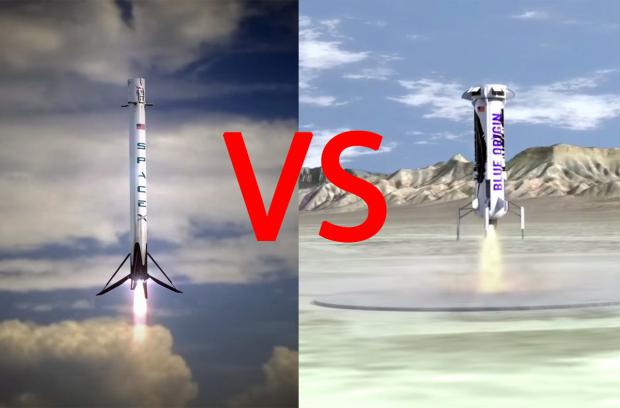
Breaking News
 Melee in Idaho after guy yells "F Charlie Kirk" at video
Melee in Idaho after guy yells "F Charlie Kirk" at video
 BREAKING: TMZ has released video showing the Charlie Kirk assassination suspect...
BREAKING: TMZ has released video showing the Charlie Kirk assassination suspect...
 Why Some People Live to 100 (And Others Don't)
Why Some People Live to 100 (And Others Don't)
 Reacting to Charlie Kirk Being Assassinated
Reacting to Charlie Kirk Being Assassinated
Top Tech News
 Tesla Megapack Keynote LIVE - TESLA is Making Transformers !!
Tesla Megapack Keynote LIVE - TESLA is Making Transformers !!
 Methylene chloride (CH2Cl?) and acetone (C?H?O) create a powerful paint remover...
Methylene chloride (CH2Cl?) and acetone (C?H?O) create a powerful paint remover...
 Engineer Builds His Own X-Ray After Hospital Charges Him $69K
Engineer Builds His Own X-Ray After Hospital Charges Him $69K
 Researchers create 2D nanomaterials with up to nine metals for extreme conditions
Researchers create 2D nanomaterials with up to nine metals for extreme conditions
 The Evolution of Electric Motors: From Bulky to Lightweight, Efficient Powerhouses
The Evolution of Electric Motors: From Bulky to Lightweight, Efficient Powerhouses
 3D-Printing 'Glue Gun' Can Repair Bone Fractures During Surgery Filling-in the Gaps Around..
3D-Printing 'Glue Gun' Can Repair Bone Fractures During Surgery Filling-in the Gaps Around..
 Kevlar-like EV battery material dissolves after use to recycle itself
Kevlar-like EV battery material dissolves after use to recycle itself
 Laser connects plane and satellite in breakthrough air-to-space link
Laser connects plane and satellite in breakthrough air-to-space link
 Lucid Motors' World-Leading Electric Powertrain Breakdown with Emad Dlala and Eric Bach
Lucid Motors' World-Leading Electric Powertrain Breakdown with Emad Dlala and Eric Bach
 Murder, UFOs & Antigravity Tech -- What's Really Happening at Huntsville, Alabama's Space Po
Murder, UFOs & Antigravity Tech -- What's Really Happening at Huntsville, Alabama's Space Po
SpaceX, Blue Origin and the dream of reusable rockets

However, the landing was, in actuality, just the latest step on a path that got its start in the earliest days of the space age.
In the 1950 science fiction film Destination Moon, a quartet of space explorers land their entire rocket on the lunar surface before beginning their adventure across the dusty plains of our nearest celestial neighbor. While a work of fiction, NASA itself was considering such a feat during its race to the Moon with the Soviet Union.
NASA's Nova rocket compared to the Saturn V booster that was used to send crews to the Moon during the late 60s and early 70s. Image Credit: NASA / MSFC
During the pivotal period around May of 1961, then-administrator of the space agency, James Webb, believed that the most "natural" way to land on the Moon would be what was called "direct descent." In essence, a large portion of the rocket would conduct a landing on the surface of the Moon. At the time, a proposed vehicle, called Nova, would have carried out the mission.



